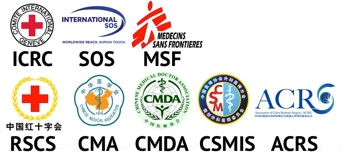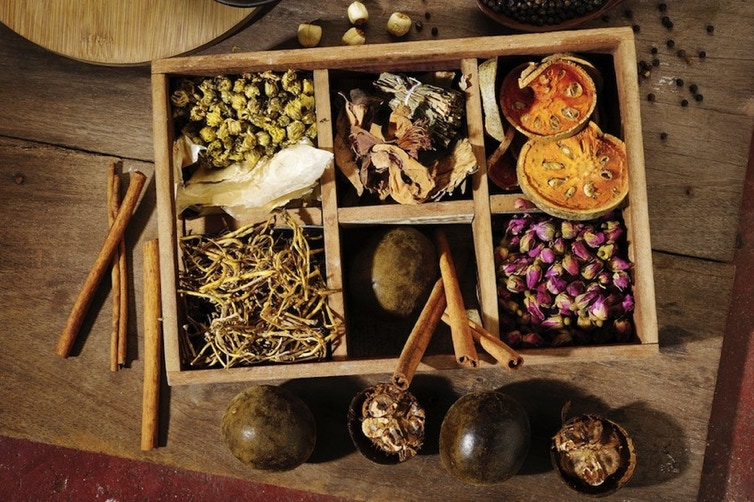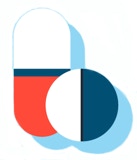

Doctors
Institutions
Conditions
Drugs
Insurances

Chinese herbology is the theory of traditional Chinese herbal therapy, which accounts for the majority of treatments in traditional Chinese medicine (TCM).
The term herbology is misleading in the sense that, while plant elements are by far the most commonly used substances, animal, human, and mineral products are also utilized. In the Neijing they are referred to as 毒藥 [duyao] which means toxin, poison, or medicine. Unschuld points out that this is similar etymology to the Greek pharmakon and so he uses the term "pharmaceutic". Thus, the term "medicinal" (instead of herb) is usually preferred as a translation for 药 (pinyin: yào).
There are over three hundred herbs that are commonly being used today. Some of the most commonly used herbs are Ginseng (人参, 人參, rénshēn), wolfberry (枸杞子), dong quai (Angelica sinensis, 当归, 當歸, dāngguī), astragalus (黄耆, 黃耆, huángqí), atractylodes (白术, 白朮, báizhú), bupleurum (柴胡, cháihú), cinnamon (cinnamon twigs (桂枝, guìzhī) and cinnamon bark (肉桂, ròuguì)), coptis (黄莲, 黃蓮, huánglián), ginger (姜, 薑, jiāng), hoelen (茯苓, fúlíng), licorice (甘草, gāncǎo), ephedra sinica (麻黄, 麻黃, máhuáng), peony (white: 白芍, báisháo and reddish: 赤芍, chìsháo), rehmannia (地黄, 地黃, dìhuáng), rhubarb (大黄, 大黃, dàhuáng), and salvia (丹参, 丹參, dānshēn).











